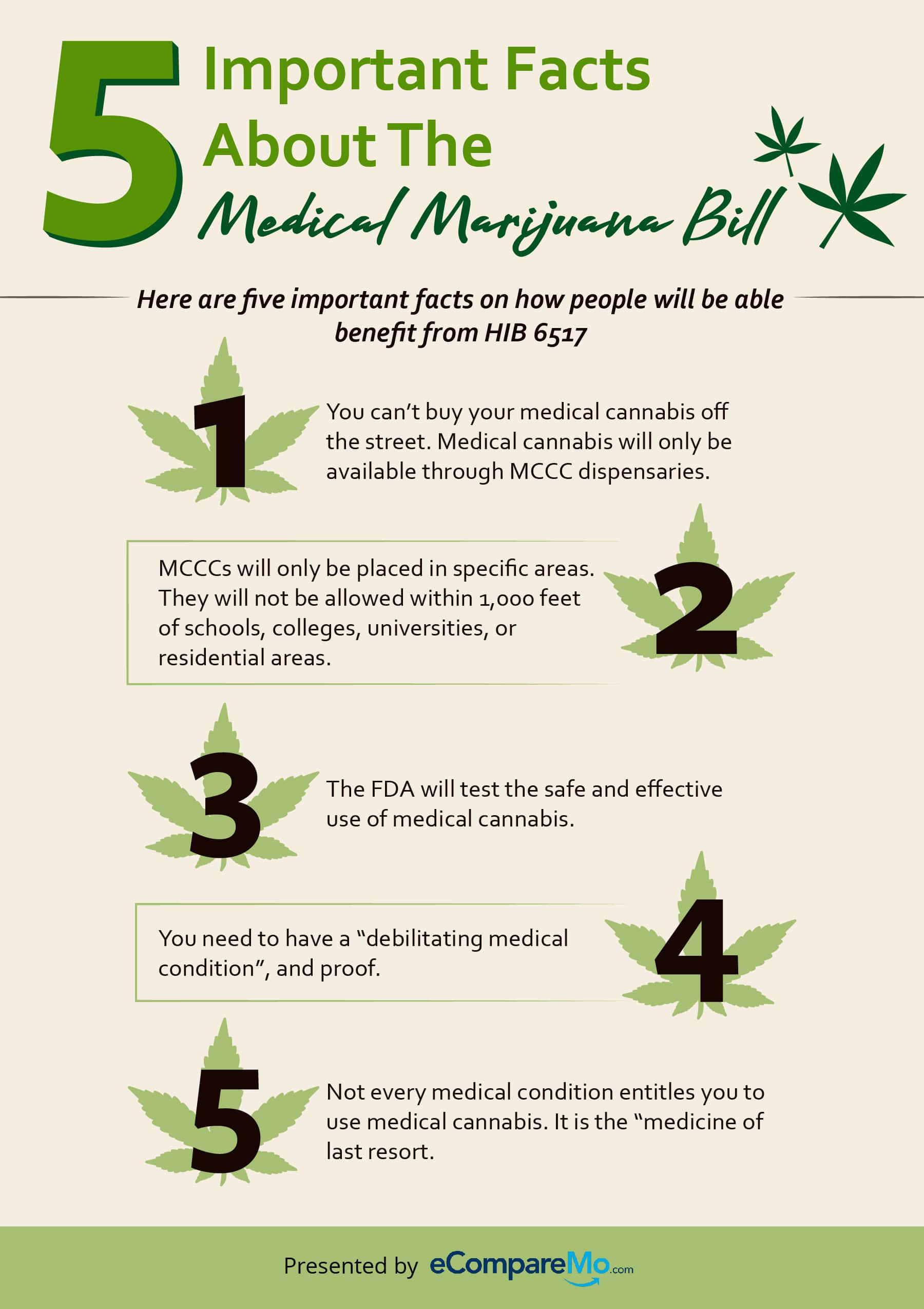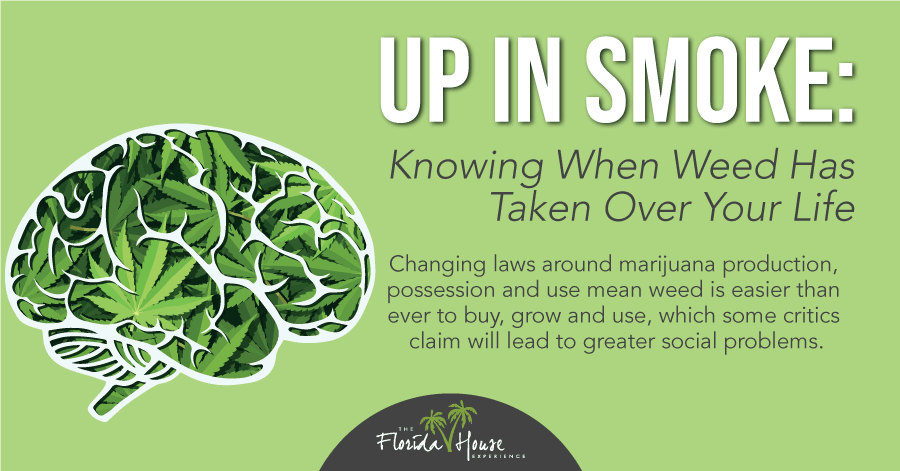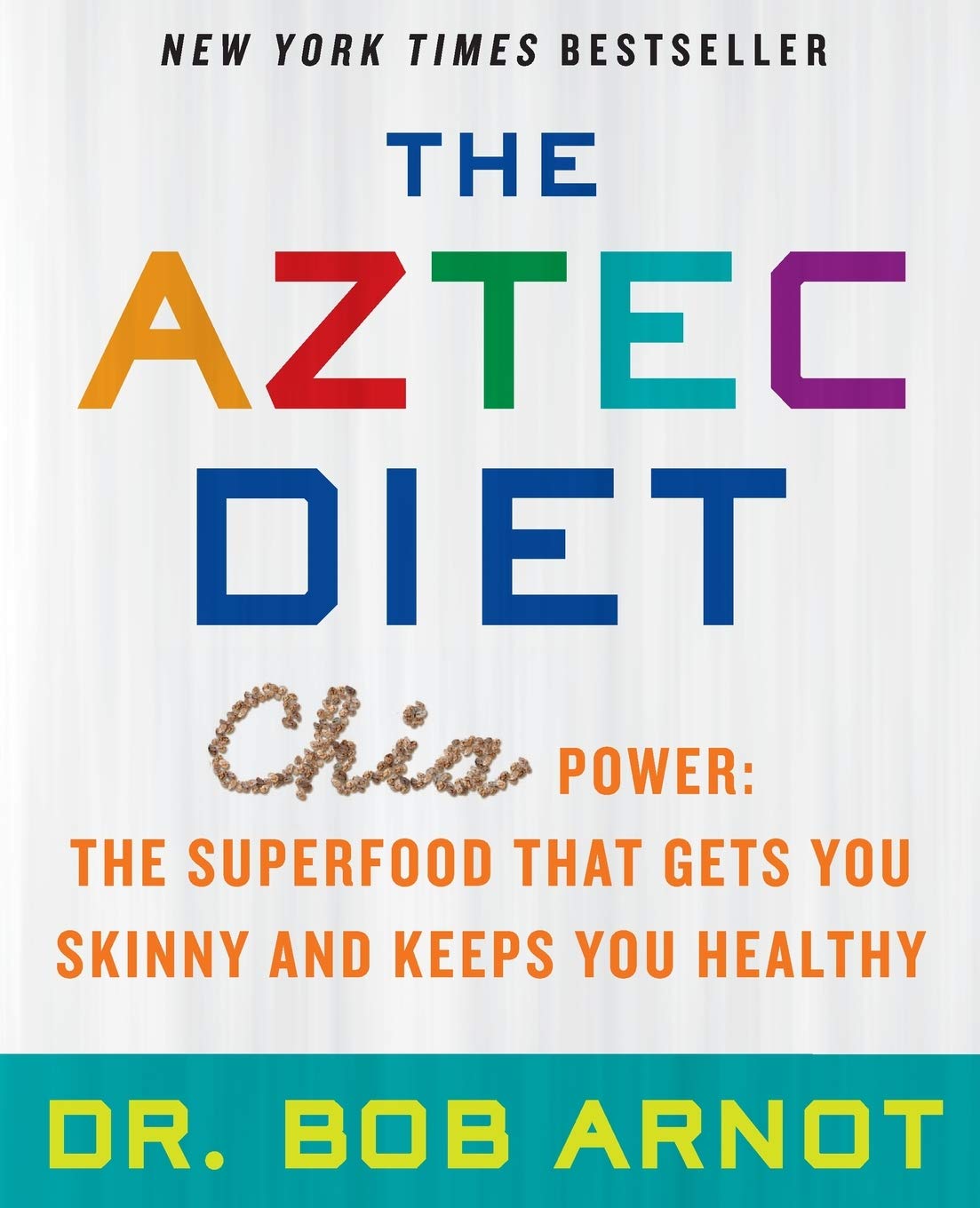
A softgel is a form of oral dosage that consists of a gelatin-based shell surrounding a liquid fill. These capsules are made of a mixture of gelatin, water and glycerin. Softgels, unlike pills can be taken with or without food.
Gelatin
Softgels are a unique type of oral capsule, with a gelatin based shell and liquid contents. They are made with gelatin, water glycerin and sorbitol. They are made from gelatin and water, but also contain an opacifier as well. They are widely used for delivering a variety of medications. Softgels can be used to deliver a wide range of vitamins and compounds, including vitamins A, C and zinc, sulphur and chromium.
Softgel gelatin capsules have many benefits over oral dosage forms. Its lubricating properties make it easier for drugs to penetrate the body, especially poorly-soluble medications. Low-dose medications can also be delivered in softgel form. It also reduces dust production during manufacturing. However, softgel form can have its problems.

Water
Softgels are water-filled, small tablets that contain water. The outer shell is made of gelatin or potato starch matrix. This matrix contains an encapsulant, plasticizer, and water, and the filling wedge sits in between these pockets. Rotary Die Encapsulation is the process used to make softgels.
A soft gel's gelatine outer shell can not contain all the ingredients a tablet should have. Because some substances are water-soluble, they cannot be encapsulated inside a soft gel. You can also add sodium lauryl sulfurate or alginates to the gelatin to increase the water penetration.
Plasticiser
Softgels are a type of oral dosage form for medicines, composed of a gelatin based shell surrounding a liquid fill. These capsules are usually filled with water and other substances, such as sorbitol or glycerin. Plasticisers allow for more uniform mixing of ingredients, which results in capsules with better physical stability.
Softgels may be available in either vegetarian or pure vegetarian formats. Hydroxypropyl methyl cellulose is used to make the former. It is derived from raw cotton and wood pulp. Because of its superior stability against environmental changes, HPMC is used to make softgels. The fill is composed of formula. A suspending agent, such as polymer, keeps the fill in solution. Polyethylene glycols and lecithin are also used as emulsifiers for the raw ingredients.

Opacifier
Softgels are an oral dosage form made up of a gelatin-based shell and a liquid fill. The shell is composed gelatin, water, an opacifier and glycerin. These materials help protect the contents from light degradation. The growing prevalence of chronic diseases and heart conditions has helped drive the demand for softgels.
Water is the primary solvent in soft gelatin capsule production and forms the outer shell. Water is responsible for 30-40% of the overall wetgel formulation. Water is used in several different processes to enhance the quality of the product. Opacifiers can protect the soft capsules from light, increase shelf life and mask the taste.
FAQ
Are there any common mistakes companies make when entering the US cannabinoid marketplace?
Not understanding the regulations for cannabis products is a first mistake. This could lead to you having to modify your product formulation.
Unskilled labeling is the second. It is essential to find out if your product contains either THC or CBD.
Thirdly, you should understand how to package your product correctly. You must make sure that your product contains THC.
If your product does not contain THC, then you should still follow all packaging laws because there are many states where cannabidiol (CBD) is legal.
Finally, you should always keep track of any recalls on your products. It is crucial to notify customers as soon possible if you have a problem with your product.
Is CBD still a viable alternative?
The answer is yes. However, it is not because of its medical benefits. Its ability to make people feel better without feeling high is what makes it so attractive.
It's a good alternative to prescription drug because you won't feel any different from when you take it.
We know that cannabis can help with anxiety, depression, pain relief, insomnia, and other conditions, as evidenced by numerous studies.
Cannabinoids, also found in cannabis are thought to interact with our brain receptors. This interaction creates feelings of relaxation and well being.
Cannabidiol (CBD), oil can be used for health purposes. It's therefore important to fully understand its functions and effects.
Which states are the biggest consumers of CBD?
The top three states are California, Colorado, and Oregon. These states are home to large populations with high incomes and low unemployment rates. They also have higher levels of hemp farming than other states.
California is the leader because its economy is heavily dependent on agriculture. It produces the majority of the nation’s fruits and veggies. It makes sense, as cannabis is also derived from hemp.
Colorado and Oregon follow close behind because they both produce marijuana for medical purposes. California does not allow for recreational use.
Other highly ranked states include Washington and New York, Florida, Illinois. Pennsylvania. Mississippi.
Which countries produce CBD of the highest quality?
The United States produces the majority of CBD products.
But Canada, Australia, New Zealand, and Israel are also producing high-quality CBD products.
Is the CBD market growing?
The answer is yes As legalization spreads throughout North America, this growth is expected continue. This year alone, Canada legalized recreational cannabis use, while several states have passed medical marijuana laws.
As more states legalize medicinal marijuana, this trend will likely continue for at minimum a decade.
Legalizing marijuana is also a good economic decision. Legalizing pot can provide many benefits, not only for farmers but also for the general public.
It could be used to reduce crime rates and the availability illegal drugs. It could also generate tax revenue for the government.
As legal weed becomes more popular, many people will choose to reduce their alcohol consumption. This would lead to fewer hangovers as well as lower health care costs.
In addition, marijuana might actually improve the quality of life for those who suffer from chronic pain. Many believe that THC (the active ingredient in marijuana) helps to relieve the symptoms of nausea and muscle spasms associated with chemotherapy.
The use of marijuana may be a useful tool in treating mental illness such as anxiety and depression. Some studies even suggest that marijuana may be able to treat schizophrenia.
So, although the future looks bright for the CBD industry, we should not forget that there are still plenty of challenges facing us along the way.
Is CBD a good business to invest in?
As hemp-based products gain popularity, so does the market. The market for hemp-based products could reach $1 billion by 2022, according to estimates.
Market growth is expected at an annual rate in excess of 20% up to 2020, when it will reach $2.5Billion.
Hemp oil is used in many beauty- and health-care products like lotions.
A number of companies produce CBD-infused beverages, pet foods, dog treats, snacks, and other food items.
CBD is currently legal in all 50 US states. This may change quickly. More research into CBD's potential uses will be done, which will make it easier for businesses and law enforcement to do business legally.
These are just a few of the many reasons CBD investment can be lucrative.
Statistics
- As a substance that was federally illegal before the passage of the 2018 Farm Bill, hemp-derived cannabinoids with no more than 0.3% THC still face a regulatory grey area. (forbes.com)
- While the primary injury may not be treatable, interventions that attenuate secondary sequelae are likely to be of benefit [203].Only one study (ncbi.nlm.nih.gov)
- however, one study also found that these effects were virtually abolished when the original media (a nutrient broth agar) was replaced with one containing 5% blood (increasing the minimum concentration to ~160 μM CBD) [179]. (ncbi.nlm.nih.gov)
- The inhibition of FAAH is predicted to lead to an increase in brain and plasma concentrations of AEA, which acts as a partial agonist at CB1R and CB2R, thereby increasing endocannabinoid tone [92, 110]. (ncbi.nlm.nih.gov)
- OralWhere HED is the human equivalent dose, and Km is a correction factor estimated by dividing the average body mass (BM) of the species (60, 0.020, and 0.150 kg for 11 humans, mice, and rats, respectively) and by its surface area (see: Nair et al. (ncbi.nlm.nih.gov)
External Links
How To
How To Get Certified For Selling CBD Products
One of many cannabinoids found within cannabis plants is CBD (cannabidiol). It has been used medicinally since ancient times, including in traditional China, India, and many South American nations. The ability to treat conditions such anxiety, pains, epilepsy, and inflammation has made CBD products extremely popular in recent times. There is no formal certification program for CBD products. At least, not in the U.S. Anyone who wants to sell CBD products will have to use the "unofficial", self-certification process.
There are two options. The first way is to join an association of local cannabusiness owners. You can get support and advice from other members while learning from them. There are currently dozens of associations around the country. You can also go online and start your own business. The majority of states allow cannabusinesses to be online. If your state allows online canna-businesses, you can immediately set up a website and begin accepting orders. But, you still need to register with your state's Department of Public Health. Once you have registered, your state's Department for Public Health will issue you a license. Once you receive your license, you're officially allowed to open your store and begin accepting orders.